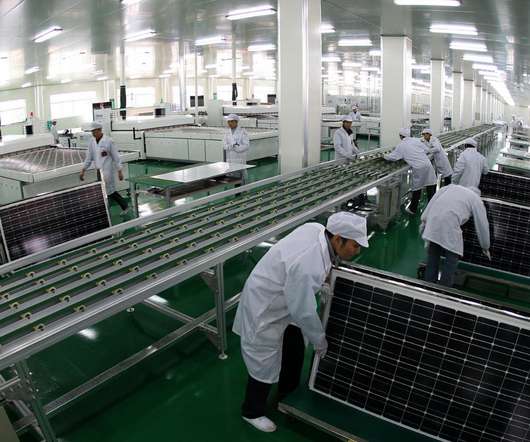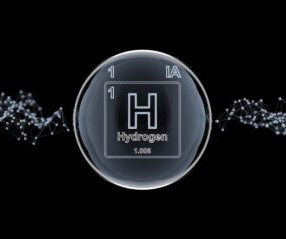DEP Awards 4 Grants Totaling $2.9 Million To Replace Old Diesel With Clean-Energy Vehicles
PA Environment Daily
OCTOBER 1, 2022
By replacing older polluting engines and equipment with new technologies, funded projects remove nitrogen oxide, carbon monoxide, particulate matter, and hydrocarbon pollution from the air. Zero- and low-emission vehicles also lower carbon dioxide emissions, helping to lessen climate change.












Let's personalize your content